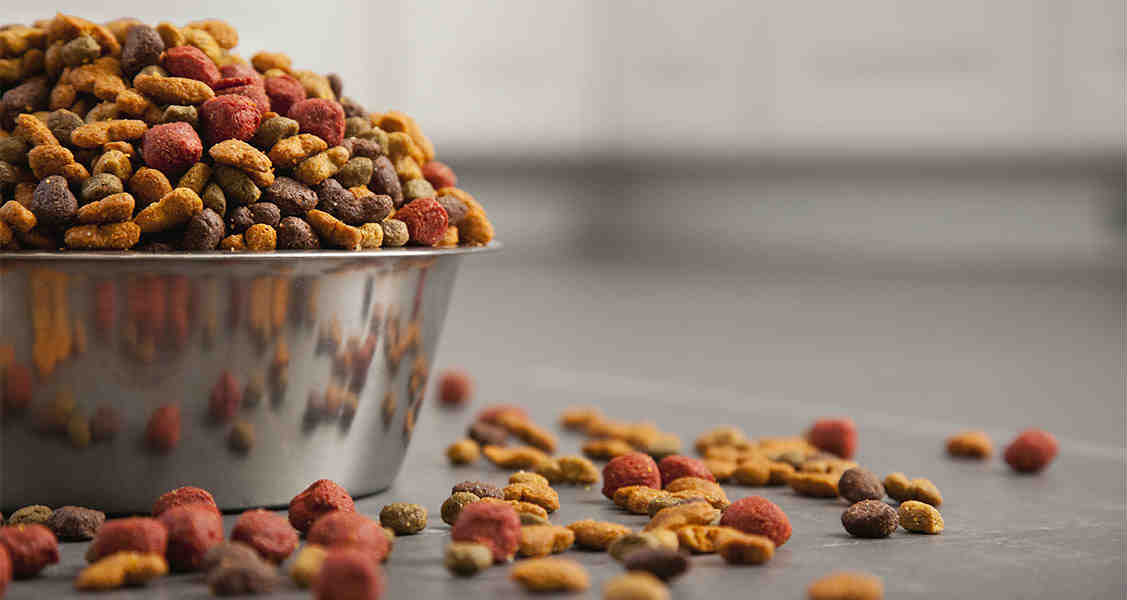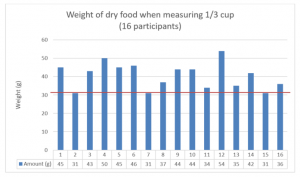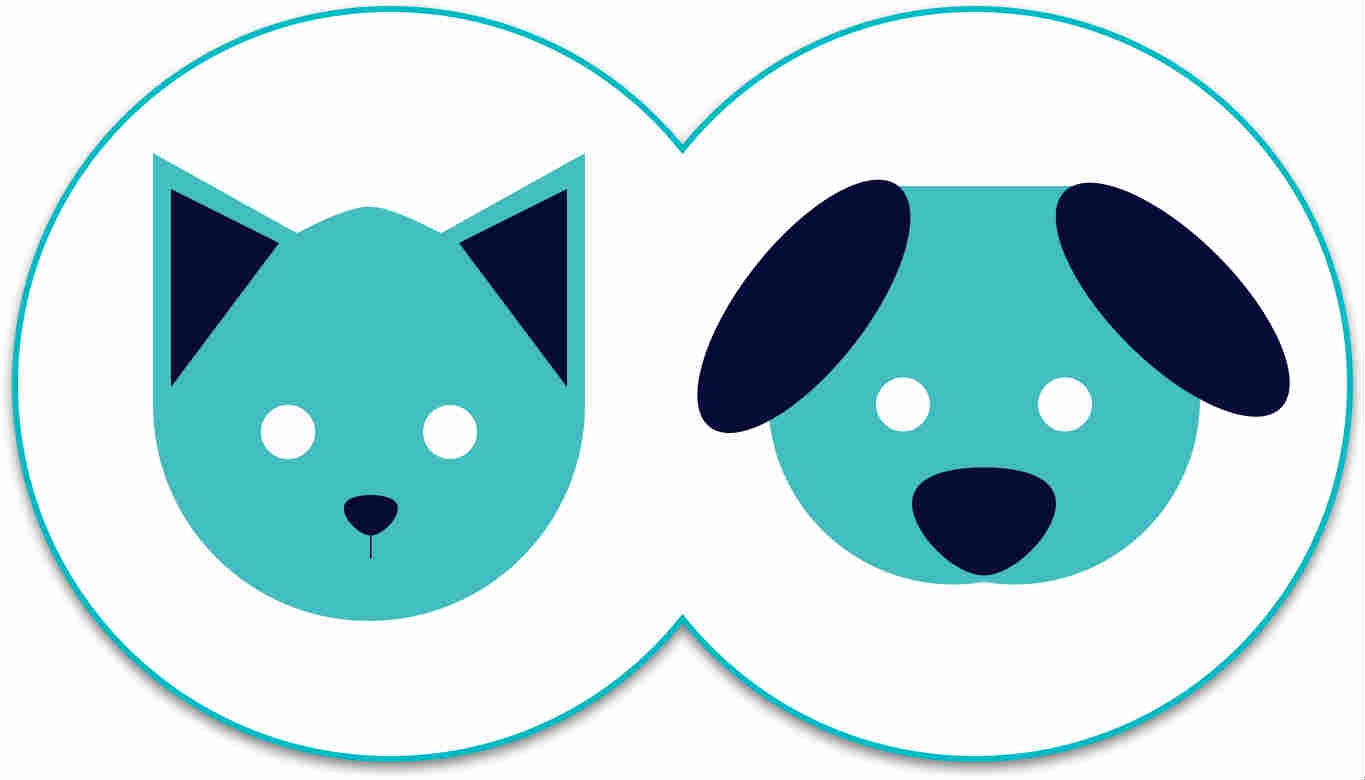The Downside to Measuring Cups for Pet Food
By: Dr. Jackie Parr, BScH, DVM, MSc | Jul 20, 2017

The downside to measuring cups! #BanTheCup
If you are a pet parent, you’re probably thinking, why on earth would I want to stop using measuring cups? Especially when there are so many pet parents that use far worse things to measure their pet’s food. Some people use old yoghurt containers, old coffee cups, even the pet’s bowl or their own hands to measure food! There are even some pet parents that free feed. It’s like an all-you-can-eat buffet that never closes . . . and it gives a nutritionist (i.e. me) nightmares!
So how bad can measuring cups really be?
Dr. Alex German (@TheFatVet), a board-certified small animal internal medicine specialist, and colleagues, conducted a number of studies using measuring cups and published the results in 2010 (click here for a link to the article). They found measuring cups were incredibly inaccurate! Accuracy ranged from an 18% under-estimate to an 80% over-estimate in portion size! Yes, over-estimated by up to 80%!!! One more time! Over-estimated by up to 80%!!!
Imagine you are trying to carefully measure out 1/3 of a cup of food for your healthy adult cat every day. Depending on how the kibble falls in the cup, or the measuring cup being used, this could result in feeding almost double the number of calories your cat needs (unintentionally)! And your vet will wonder why your cat weighs more and more every year, even when you have been measuring the food and not giving more than 3-4 low-calorie treats daily. In reality, measuring the food with a scoop is unintentionally setting you (and your cat) up for failure.
I recently had a group of 16 veterinary team members try to accurately measure 1/3 of a cup of a specific veterinary therapeutic diet. Now, these veterinary team members were competing for all the glory that comes with winning a competition, so they were taking extra care to be sure they were accurate. I suspect they were being far more careful than an average pet parent measuring their pet’s food for breakfast before they have had their morning coffee fix. Take a look at the results!

The amounts measured using the same gram scale varied from 31 grams to 54 grams! The scarier part of this little demonstration was the fact that 1/3 of a cup of the diet we were using should have been 31 grams! Only three of the 16 participants got 31 grams! The other 13 participants (all above the red line on the graph above) would have unintentionally overfed their pets. That means that unintentionally 80% of the veterinary team members would have fed their pet’s too many calories. If this occurs every day, over the course of a year, it is easy to see how a pet can become overweight, even when using a measuring cup.
So what’s the solution? Gram scales!
This may seem daunting to some pet parents at first, but a demonstration of how to use a gram scale makes it easy to learn. This is something a technician or front desk staff member at your veterinary clinic should be able to help you with, including determining the weight of food for each meal. Accurate digital scales are surprisingly affordable and easy to find from kitchenware suppliers. Read the manual carefully. Measuring each meal can be as simple as putting the food dish or a container on the scale, pressing the tare button to zero out the scale (to remove the weight of the dish from the amount calculated), and adding food to the dish until you reach the correct amount.
Until next time! Keep it balanced and keep it factual! #BanTheCup
© Dr. Jackie Parr, BScH, DVM, MSc, Dip ACVN and www.kibblequeen.com, 2017.


Disclaimer: healthcareforpets.com and its team of veterinarians and clinicians do not endorse any products, services, or recommended advice. All advice presented by our veterinarians, clinicians, tools, resources, etc is not meant to replace a regular physical exam and consultation with your primary veterinarian or other clinicians. We always encourage you to seek medical advice from your regular veterinarian.

